Phil Mickelson: The US Open’s Nearly Man
A look at Phil Mickelson's six runner-up finishes in the US Open
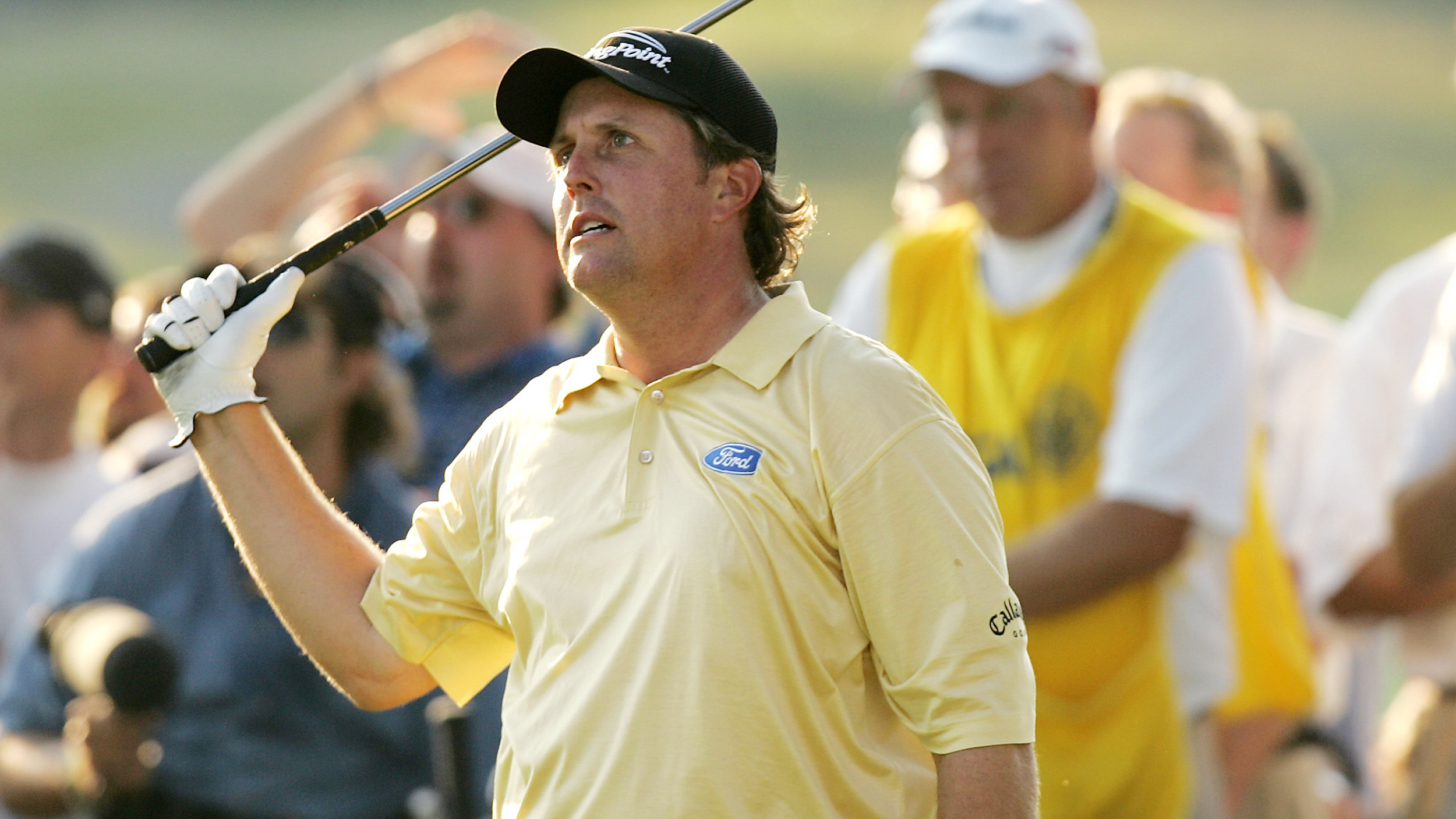

Mike Hall
When Phil Mickelson lifted The Open at Muirfield in 2013 after a superb final round of 66, he completed the third leg of the career Grand Slam. By that point, Mickelson had already won The Masters three times and the PGA Championship once (he would win it again in 2021).
However, he had also finished runner-up in the US Open six times, most recently just a month before lifting the Claret Jug, at Merion Golf Club.
Now aged 52, Mickelson will once again attempt to rectify that at the Los Angeles Country Club, a feat he's previously said would persuade him to retire.
But what are the stories of those half dozen near misses? We'll run through the tournaments where he’s been close - but not quite close enough - so far.
1999 - Pinehurst
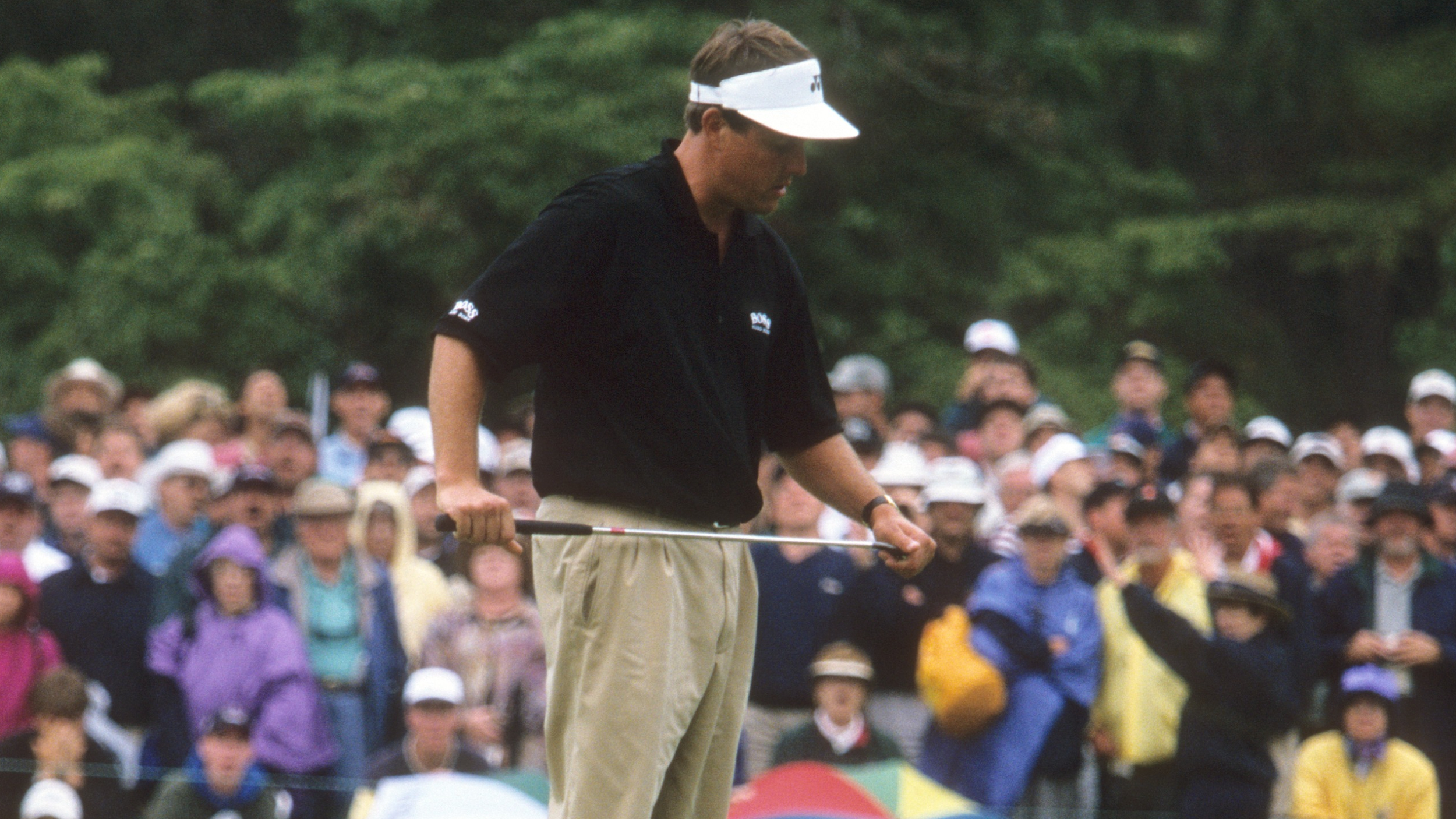
Phil Mickelson finished runner-up to Payne Stewart in the 1999 US Open
After rounds of 67, 70 and 73, Mickelson was just a shot off overnight leader Payne Stewart’s going into the final round at Pinehurst No.2. He stayed in contention through the front nine on Sunday, too, and his chances of securing the title looked even better when he took the lead through 12 holes.
Stewart birdied the 13th to draw level, but Mickelson moved clear again when his rival bogeyed the 15th. It didn't take long until the momentum swung back Stewart's way, though, after a bogey from Lefty on the 16th followed by a birdie from Stewart on the 17th left Mickelson behind by one with one to play.
On the final green it looked as though Mickelson had the opportunity to force an 18-hole playoff when Stewart faced a tough putt across the green to save par. He rolled it in, famously punched the air and Mickelson was beaten by one.
Get the Golf Monthly Newsletter
Subscribe to the Golf Monthly newsletter to stay up to date with all the latest tour news, equipment news, reviews, head-to-heads and buyer’s guides from our team of experienced experts.
It was an agonising way for Mickelson to lose but, having turned 29 days earlier, there would be plenty more chances to make amends.
2002 - Bethpage Black
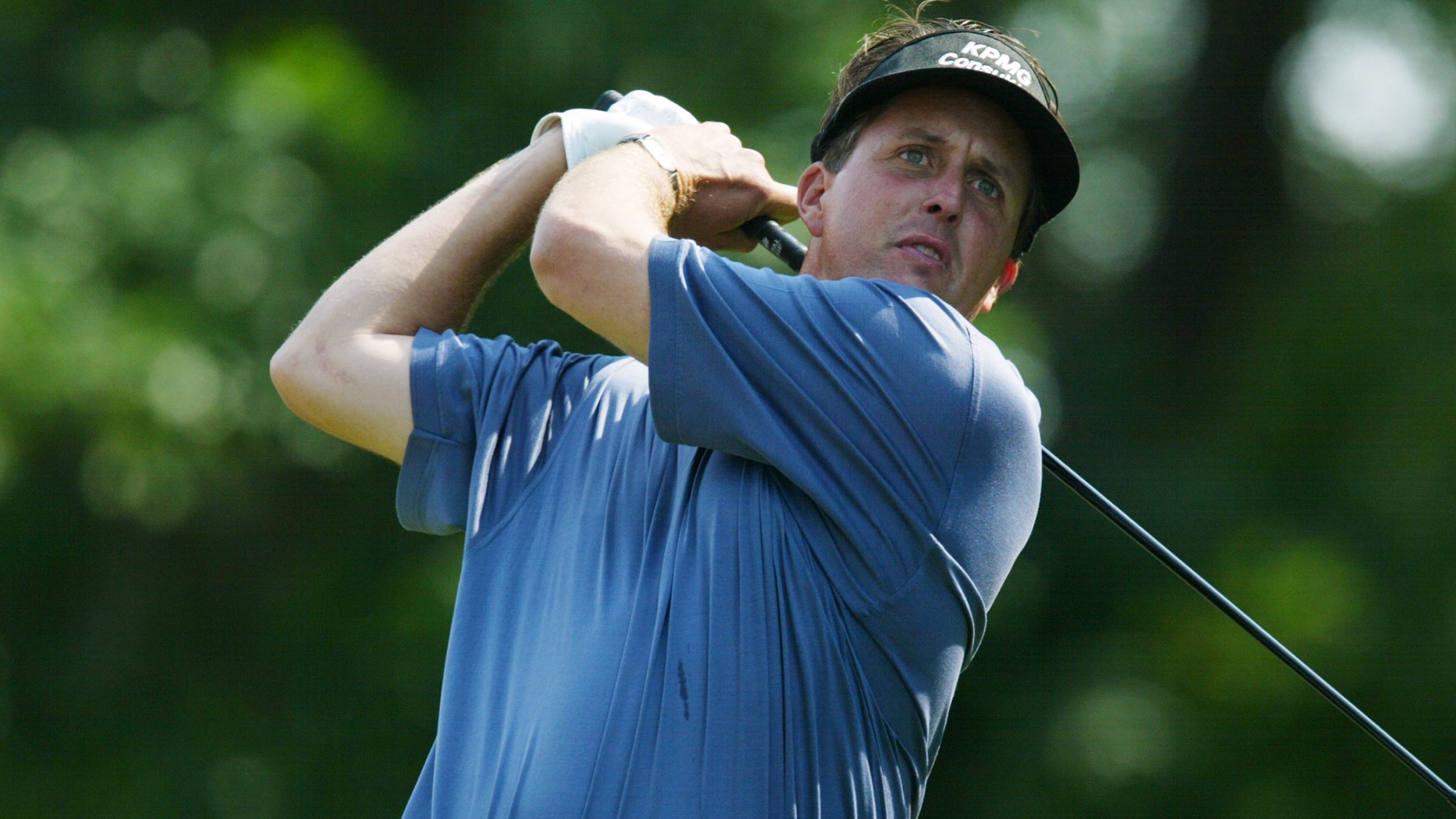
Mickelson was runner-up to Tiger Woods in 2002
This time, Mickelson gave himself even more to do in the final round, as he sat five shots behind Tiger Woods. He immediately got to work chipping away at Woods' lead with a birdie at the first while the leader began with two bogeys.
However, by the time he reached the back nine, a two-shot deficit had stretched to four, and Mickelson couldn't find the consistency he needed to worry Woods enough. He lost by three, even though Woods making bogeys in two of the final three holes.
Despite the disappointment of missing out on the trophy again, Mickelson could at least take comfort in knowing that he'd been beaten by a player who'd just claimed his eighth Major win in a little over five years.
2004 - Shinnecock Hills
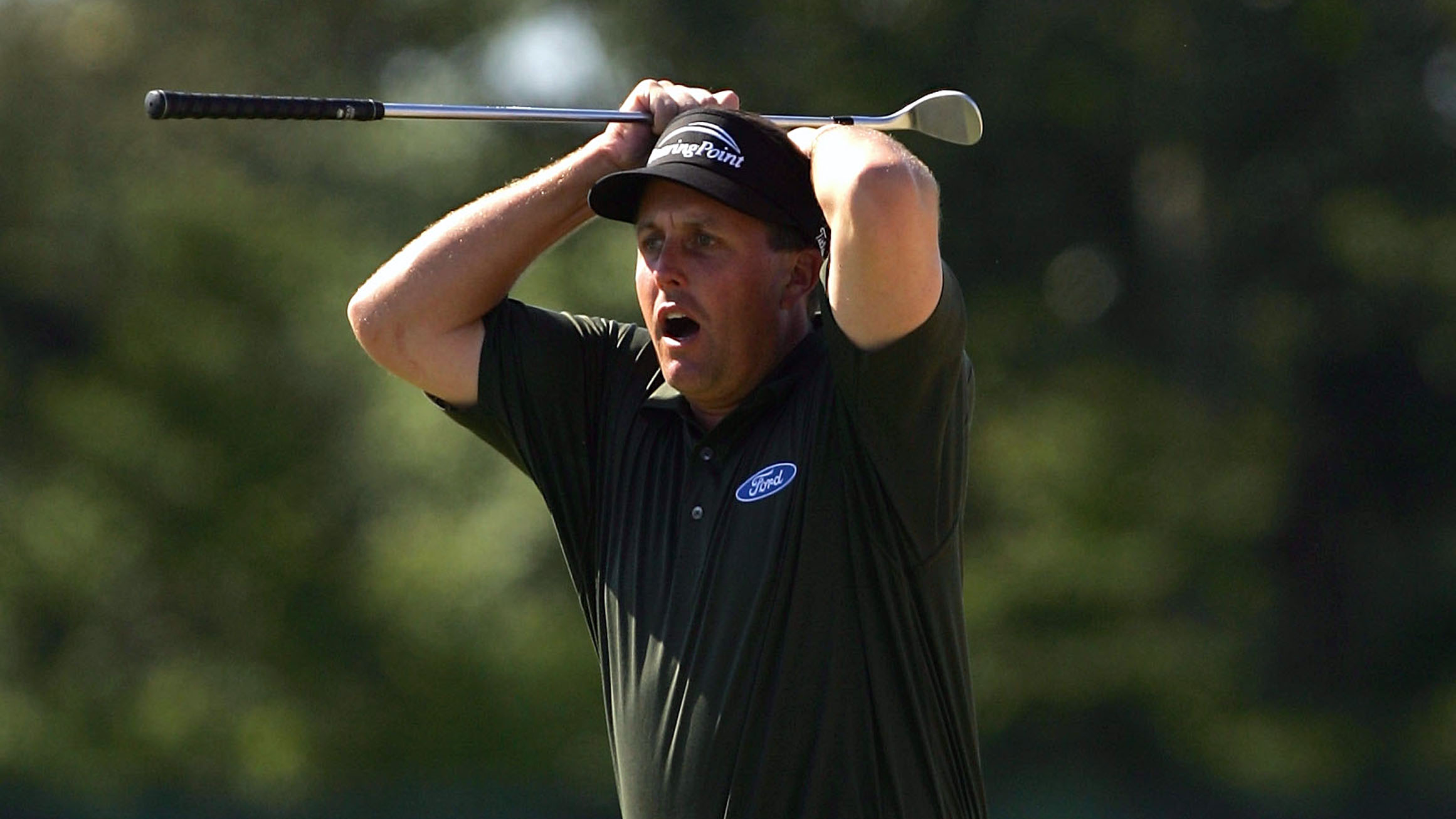
The US Open title eluded Mickelson again in 2004 at Shinnecock Hills
The final round at Shinnecock Hills in 2004 was played in such difficult conditions that the average score for the day was 78.7 - almost nine-over-par. The greens were so firm and slick that putting became a nightmare and a huge test of nerve.
Mickelson went into the final round two behind South African Retief Goosen, but by the 15th, the left-hander moved ahead, with birdies at the 15th and 16th giving him a one-stroke advantage.
However, just when it looked as though Mickelson had the bit between his teeth, the lead was turned on its head when he double-bogeyed the par-3 17th after three-putting from inside five feet. Playing behind Mickelson, Goosen felt the pressure ease and he re-established his two-shot cushion with a birdie at the 16th.
The South African parred the last two to leave Phil once again mulling over what might have been.
2006 - Winged Foot
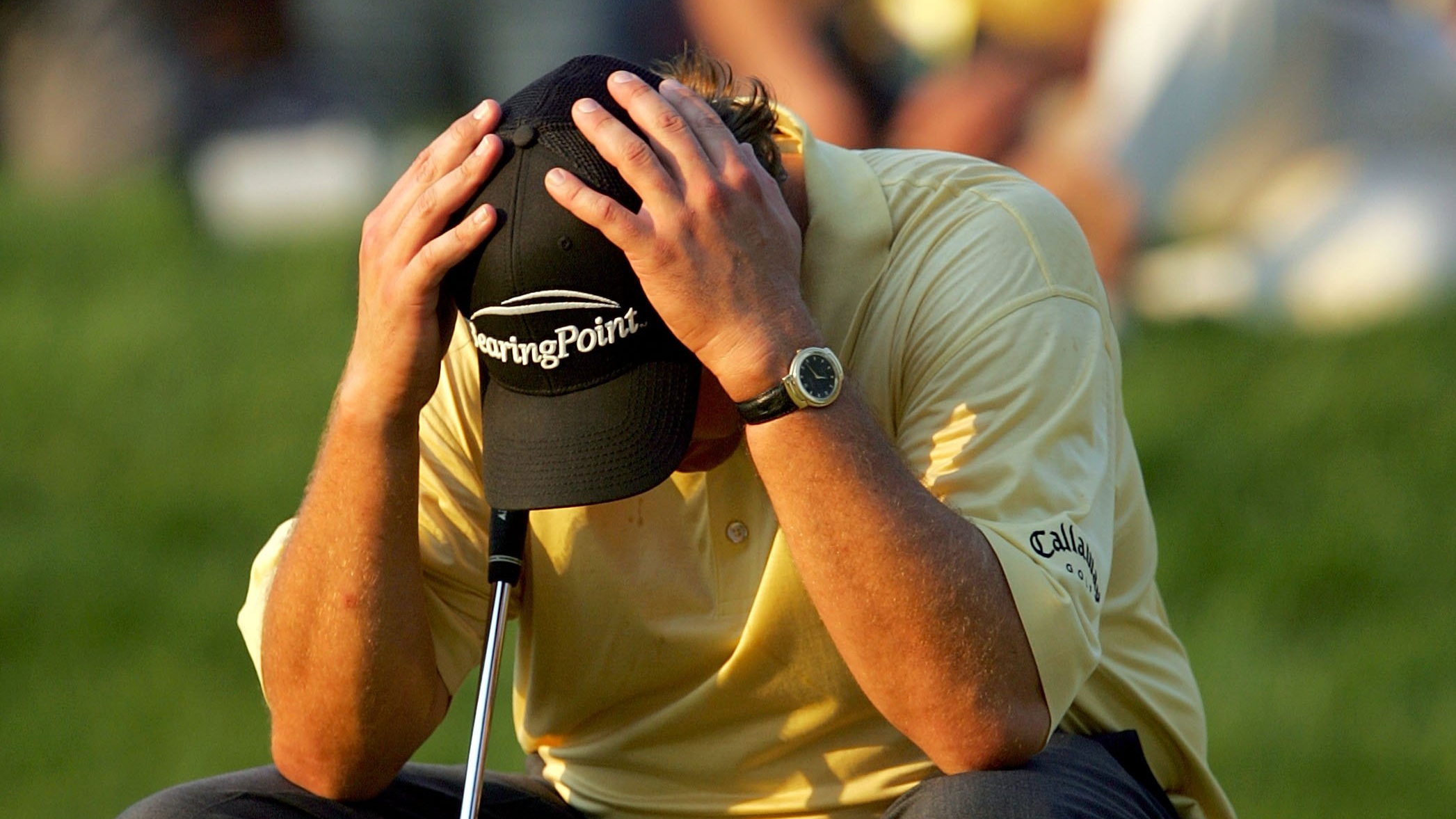
Phil Mickelson threw away the chance to win the 2006 US Open on the last hole
This is undoubtedly the one Mickelson really should have won. Despite some extremely wayward play on the 16th and 17th holes of the final round, Mickelson still came to the final tee at Winged Foot needing just a par to win or a bogey to force a playoff with Australian Geoff Ogilvy.
He stood up to the tee and fired the ball so far left that it rattled through the trees and ended by a hospitality tent. He could have still made par by pitching out and trying to get up and down, but, in typical Mickelson fashion, he decided to take the bigger risk by go for the green through a non-existent gap in the branches.
Inevitably, the ball struck timber and dropped just 20 yards in front of him. His next shot escaped the trees but ended up plugged in the greenside bunker. He failed to get the next shot on the green and, in the end, did well to get up-and-down for a double bogey.
A shell-shocked Mickelson had missed out by a stroke and was second yet again, this time with Jim Furyk and Colin Montgomerie for company.
2009 - Bethpage Black
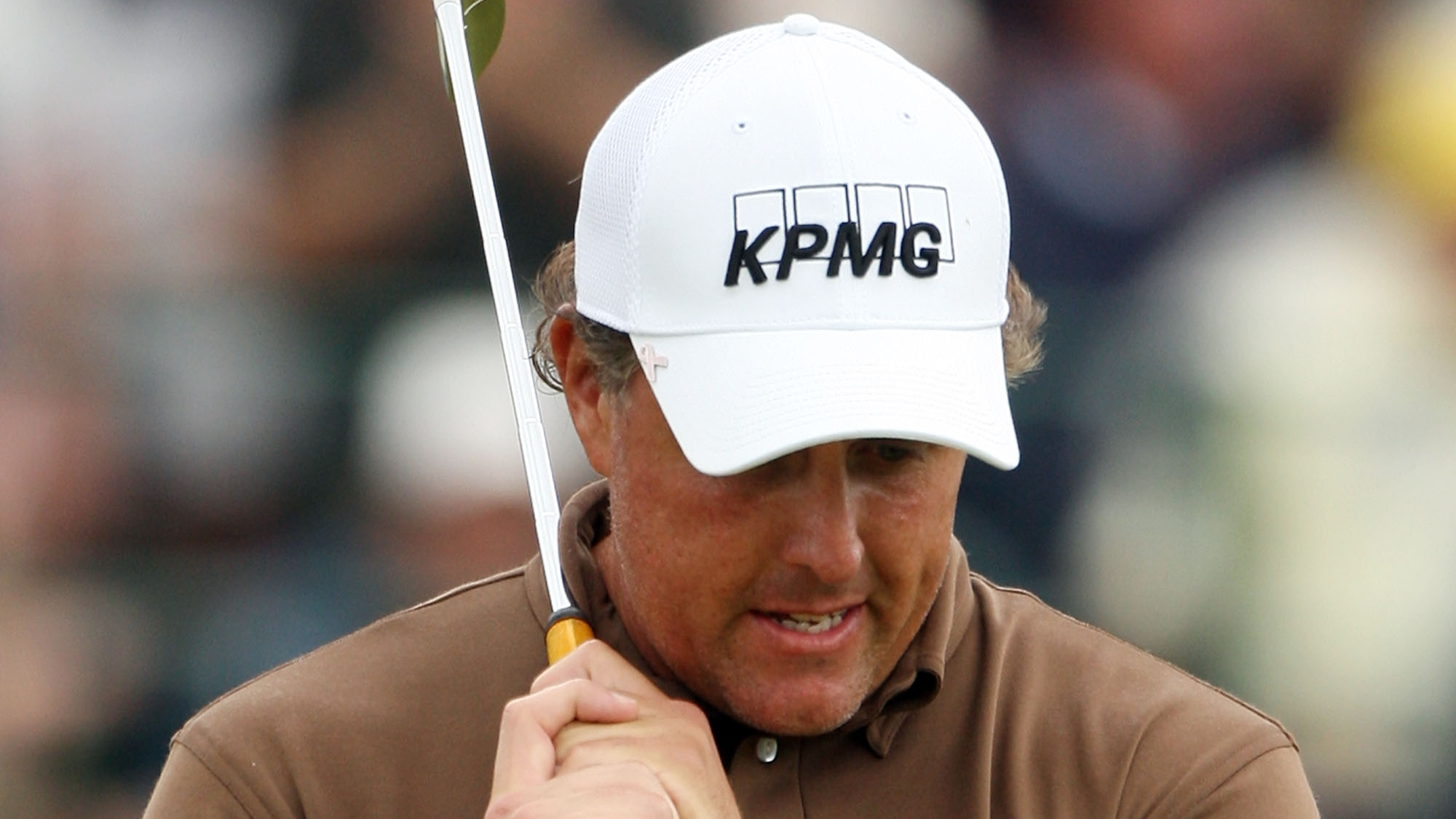
Mickelson set an unwanted record in 2009 as the player who has finished as US Open runner-up most times
Mickelson was flying under the radar coming into the final round at Bethpage Black in 2009. He began the day six back of leader Ricky Barnes and five behind Lucas Glover.
However, as the leaders began to falter, Mickelson remained steady and crept slowly into contention. When he eagled the par-5 13th, he moved into a tie for the lead with Glover. Then things took a familiar turn for the worse.
Mickelson could have moved clear on the 14th but missed a short birdie putt. That appeared to rattle him as he then three-putted for a bogey on the 15th. Even then, Mickelson had ample opportunity to close out the win, by he missed another makeable birdie putt on the 16th and bogeyed the 17th to hammer the final nail in the coffin. Glover won by two.
That left Mickelson stranded in second for a fifth time, which handed him the unwanted outright record after previously sharing four runner-up finishes with Jack Nicklaus, Arnold Palmer, Bobby Jones and Sam Snead.
2013 - Merion Golf Club
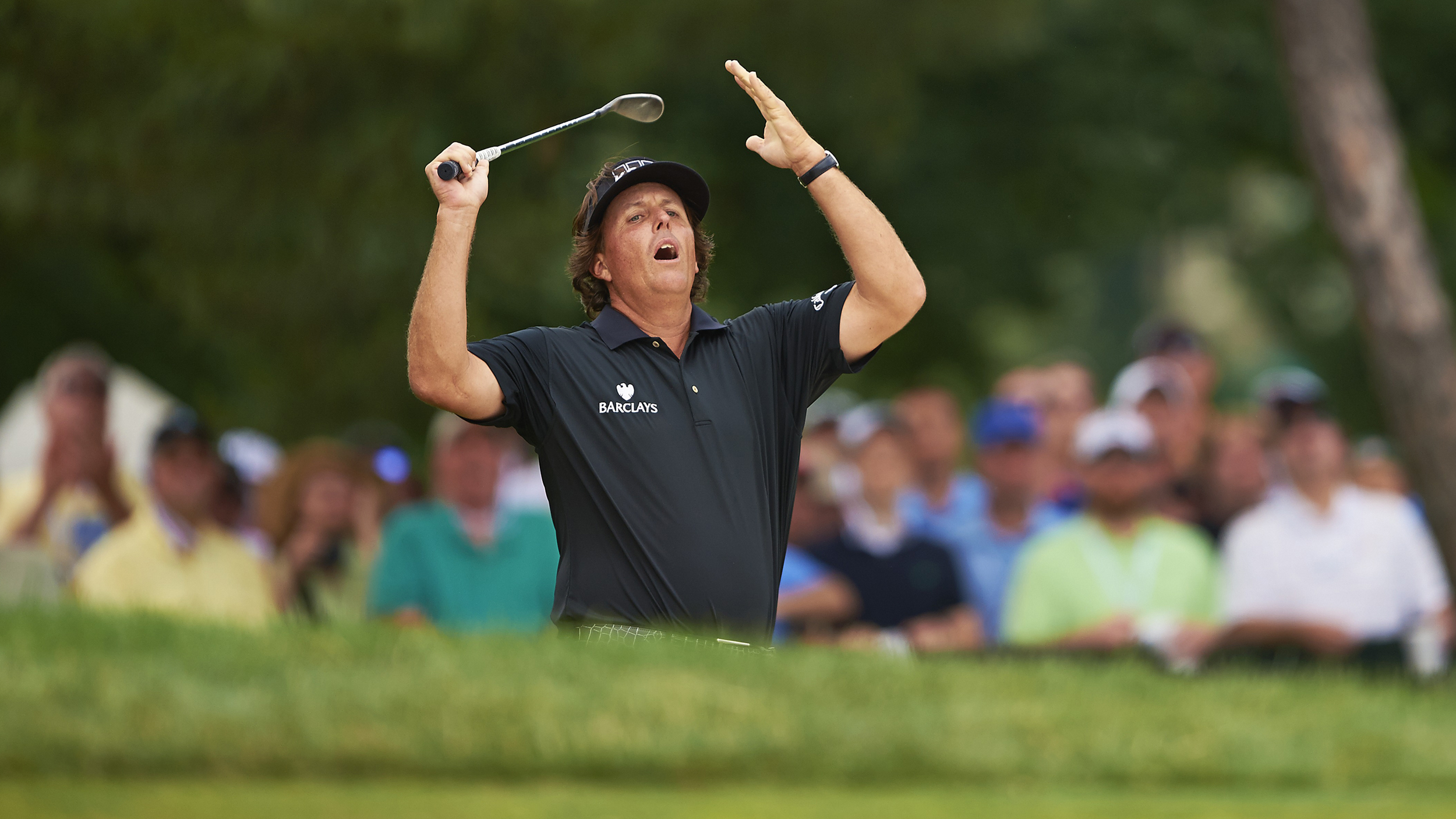
Mickelson finished runner-up for a sixth time at Merion in 2013
By now it had been 14 years since Mickelson's first runner-up in the US Open, and he was once again well in contention going into the final round at Merion Golf Club. Lefty led by one as he began, but any hopes he had of pulling further clear evaporated with three-putt double-bogeys at the 3rd and 5th holes.
Undeterred, he moved back to the top of the board with a superb eagle at the 10th, but a bogey on the 13th against an earlier birdie by Justin Rose saw Mickelson drop one behind the Englishman.
Mickelson dropped another shot at the 14th, but a bogey by Rose two holes later gave Mickelson a glimmer of hope. The American had a makeable birdie putt at the same hole to tie the Englishman, but it didn’t drop. He needed to pick up a shot on either the 17th or 18th, but he didn’t come close and finished second again.
“I felt like this was as good an opportunity I could ask for,” he said afterwards. “And to not get it... it hurts."

Fergus is Golf Monthly's resident expert on the history of the game and has written extensively on that subject. He has also worked with Golf Monthly to produce a podcast series. Called 18 Majors: The Golf History Show it offers new and in-depth perspectives on some of the most important moments in golf's long history. You can find all the details about it here.
He is a golf obsessive and 1-handicapper. Growing up in the North East of Scotland, golf runs through his veins and his passion for the sport was bolstered during his time at St Andrews university studying history. He went on to earn a post graduate diploma from the London School of Journalism. Fergus has worked for Golf Monthly since 2004 and has written two books on the game; "Great Golf Debates" together with Jezz Ellwood of Golf Monthly and the history section of "The Ultimate Golf Book" together with Neil Tappin , also of Golf Monthly.
Fergus once shanked a ball from just over Granny Clark's Wynd on the 18th of the Old Course that struck the St Andrews Golf Club and rebounded into the Valley of Sin, from where he saved par. Who says there's no golfing god?
- Mike HallNews Writer
-
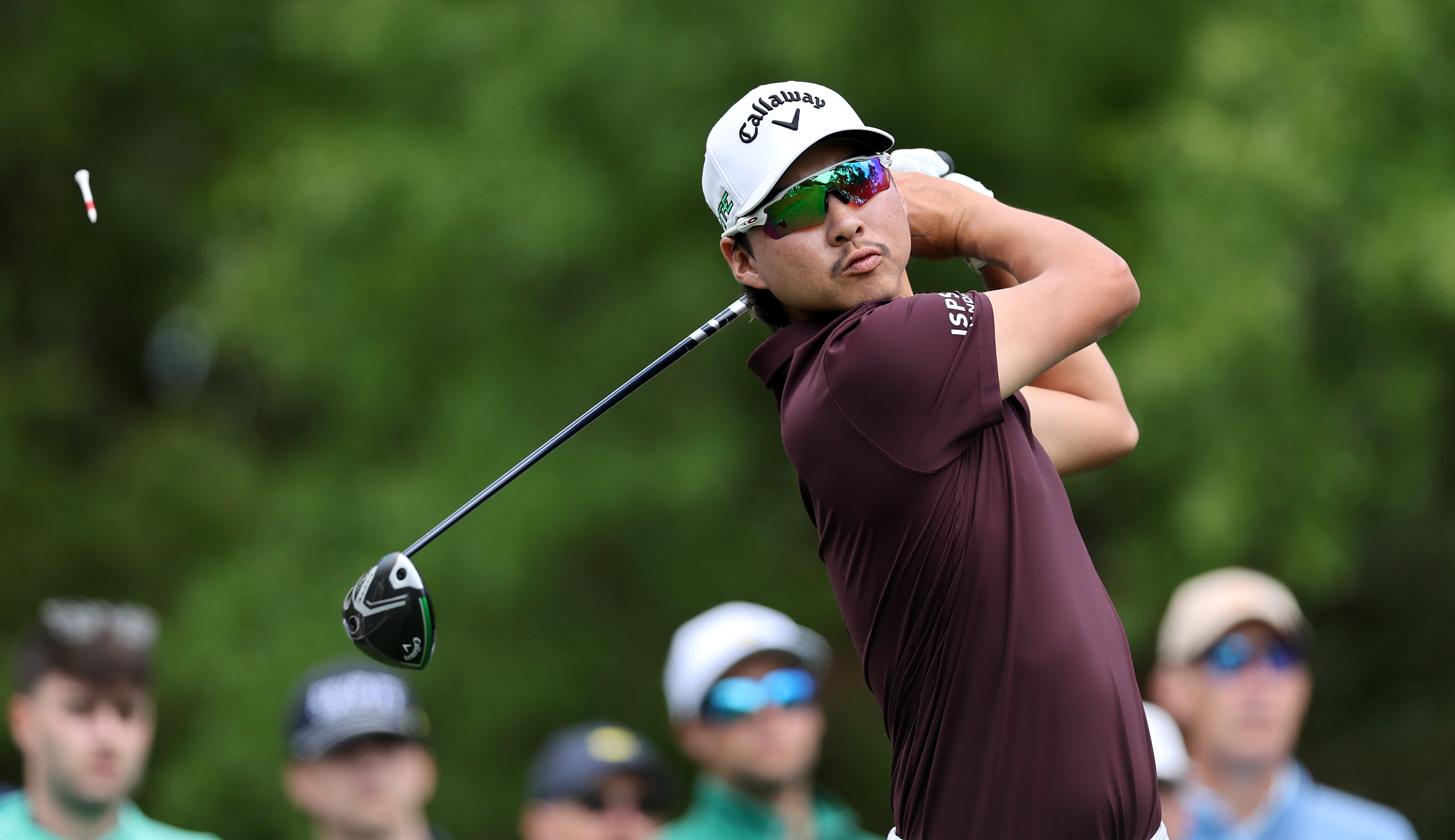 Min Woo Lee Receives Penalty At The Masters After Rules Infringement
Min Woo Lee Receives Penalty At The Masters After Rules InfringementThe recent PGA Tour winner was assessed a one-stroke penalty during the third round after he caused his golf ball to move in the fairway on the 13th hole
By Matt Cradock Published
-
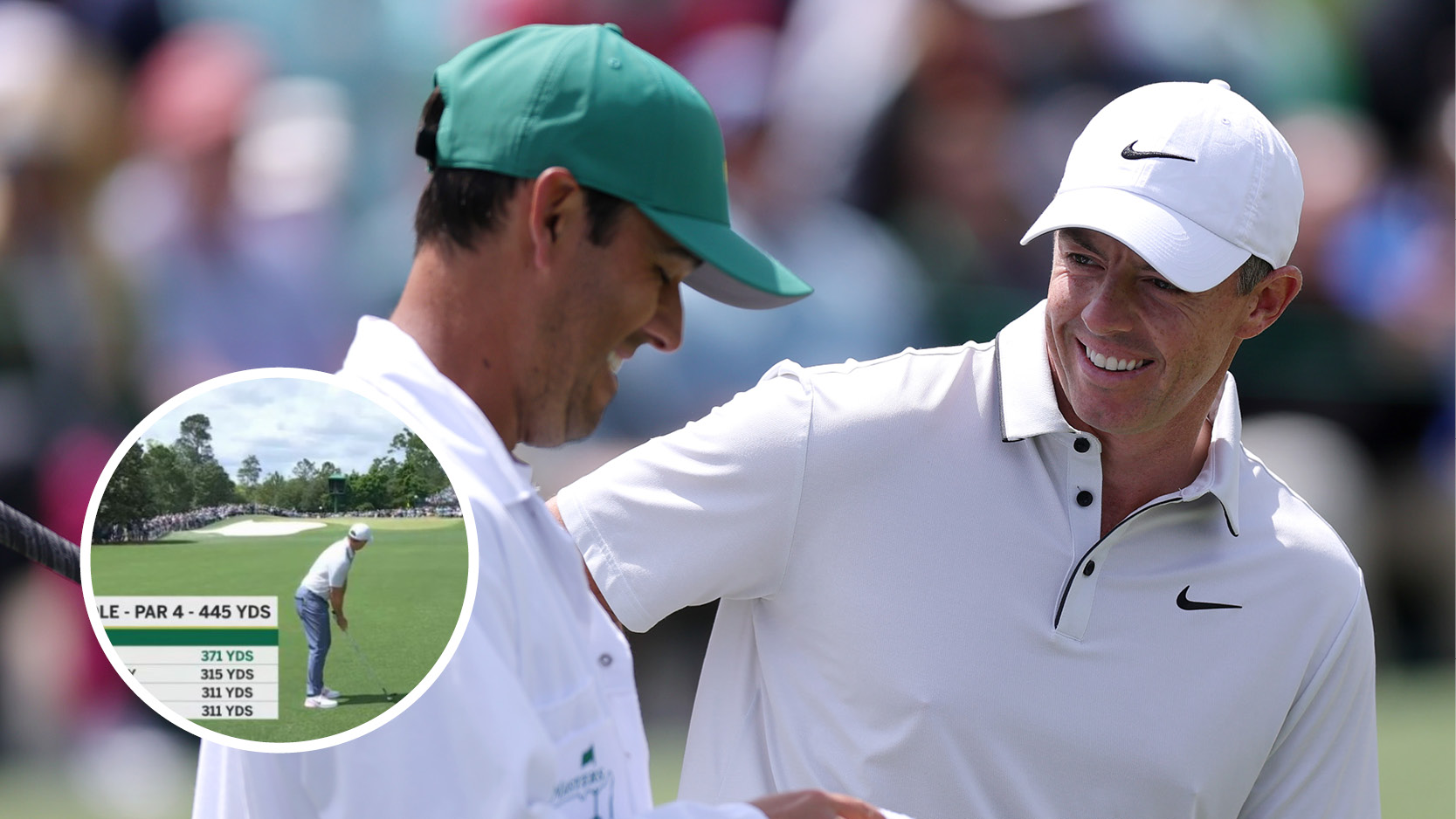 Rory McIlroy Fires Back-To-Back 370-Yard Monster Drives In Birdie-Eagle-Birdie Start To Lead The Masters
Rory McIlroy Fires Back-To-Back 370-Yard Monster Drives In Birdie-Eagle-Birdie Start To Lead The MastersIt's safe to say that the four-time Major winner was full of adrenaline at the start of his third round, with McIlroy pounding two drives that measured a total of 740-yards
By Matt Cradock Published
-
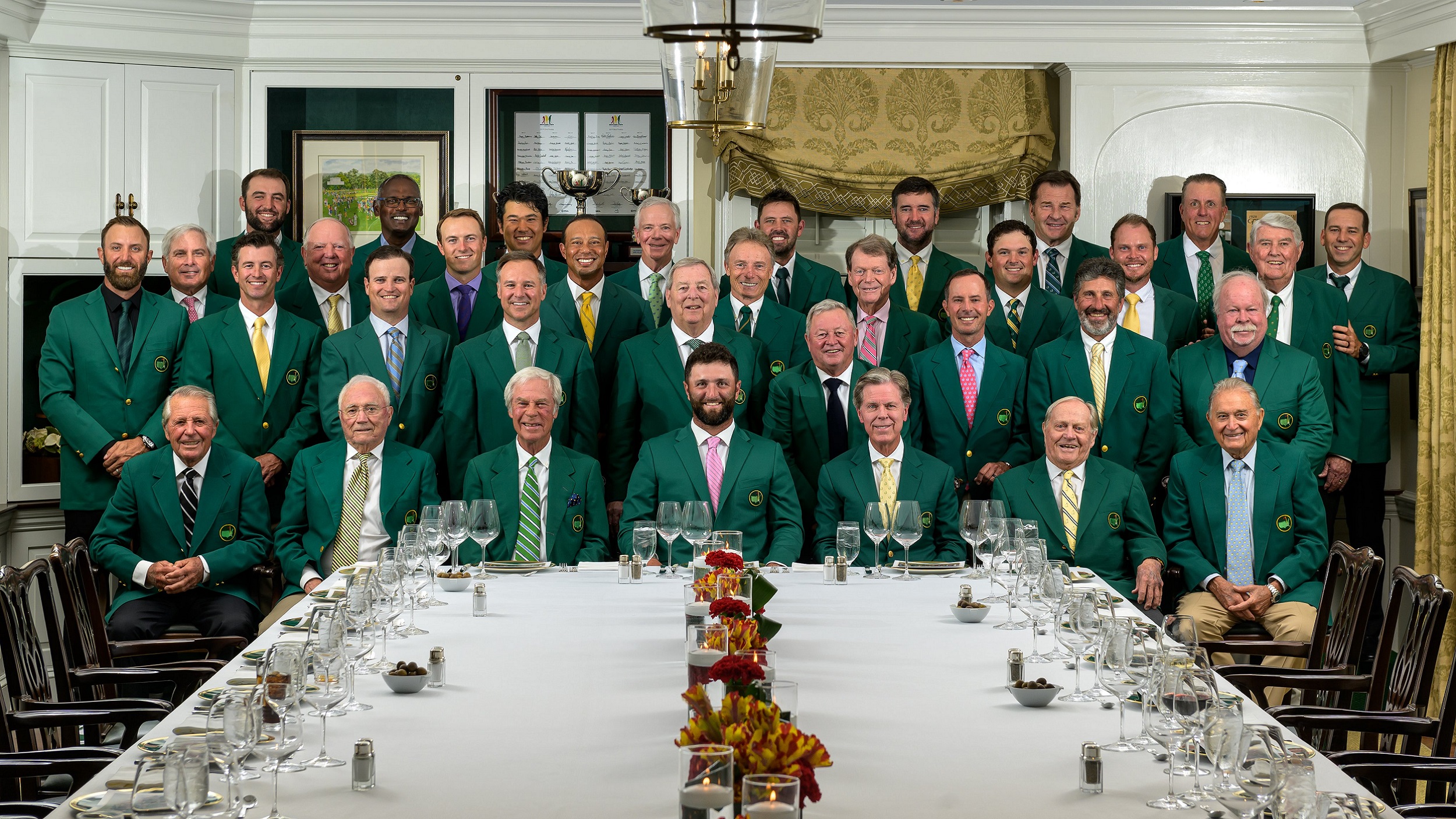 Who Has Won The Most Money At The Masters?
Who Has Won The Most Money At The Masters?Jack Nicklaus has won the most Green Jackets in history and Tiger Woods is the most successful champion in the modern era - but the answer is neither of those two...
By Jonny Leighfield Published
-
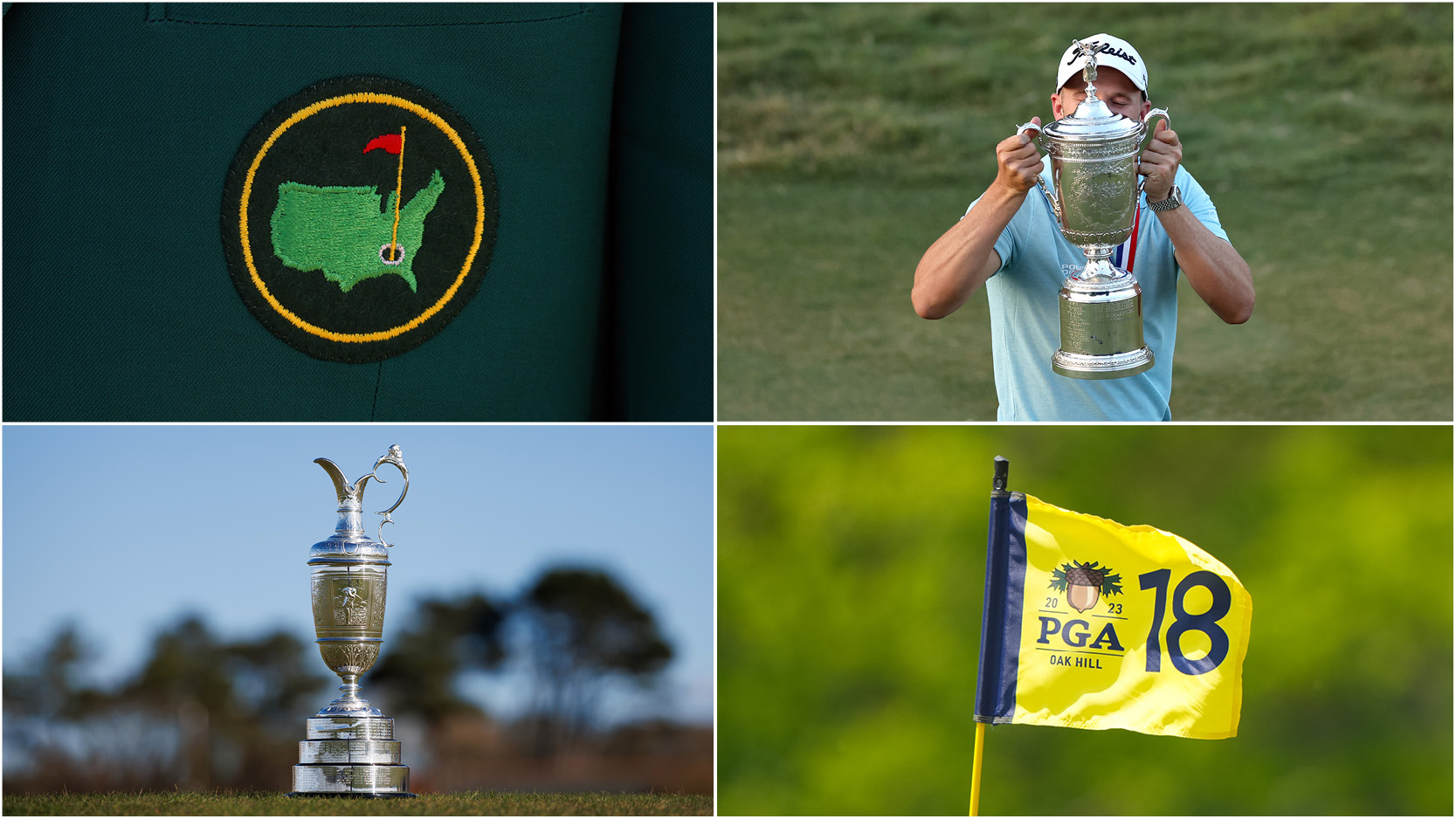 What Are The Four Majors In Men's Professional Golf?
What Are The Four Majors In Men's Professional Golf?There are four weeks of the year that men's professional golf looks forward to more than the rest - when the biggest prizes in the sport are competed for
By Jonny Leighfield Published
-
 Phil Mickelson What’s In The Bag? 2024 Update
Phil Mickelson What’s In The Bag? 2024 UpdateLefty is no stranger to tinkering with his equipment line-up and playing with older clubs. Let's see what he's using in 2024
By Michael Weston Published
-
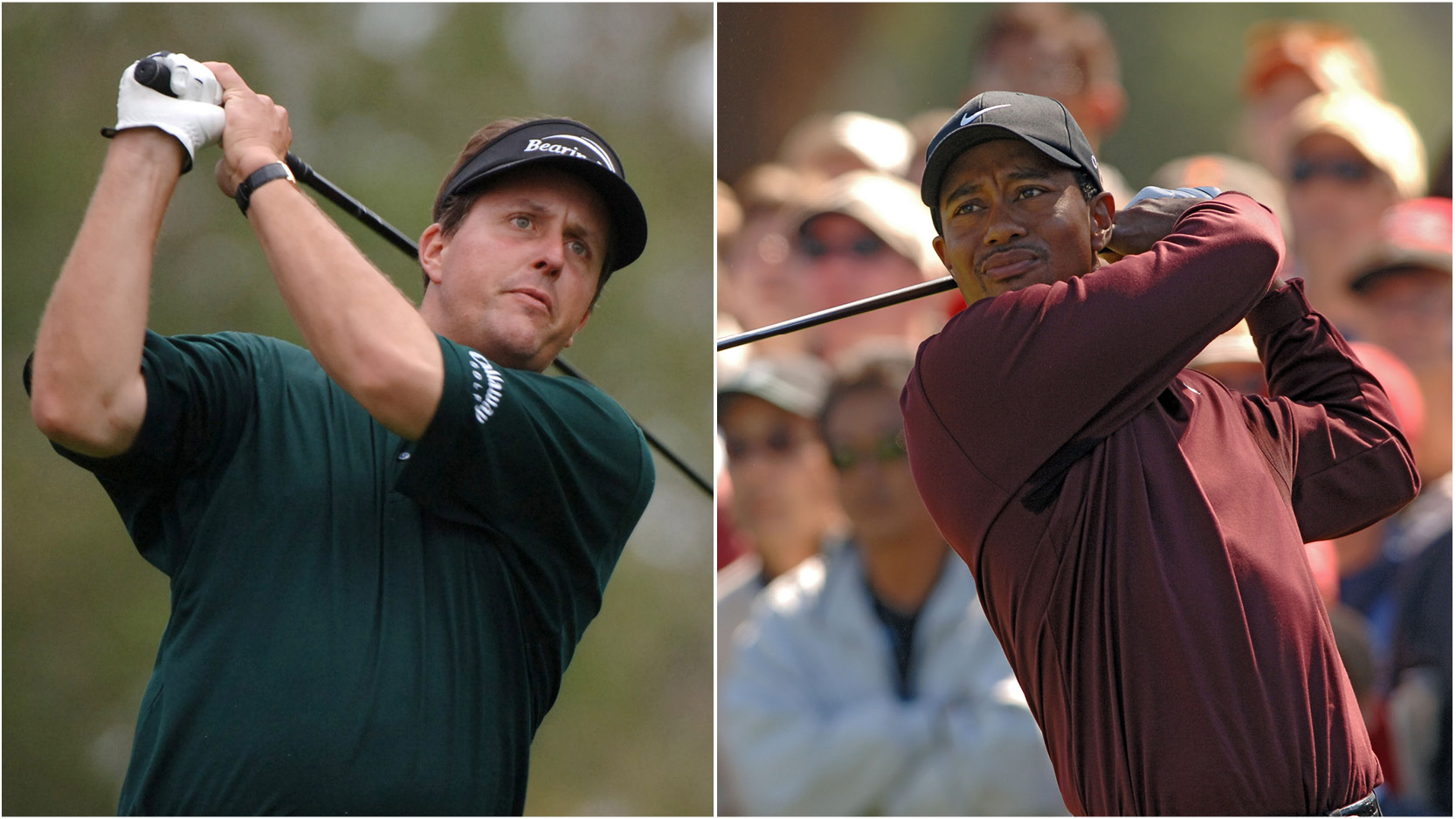 Who Hit It Further - Tiger Woods Or Phil Mickelson?
Who Hit It Further - Tiger Woods Or Phil Mickelson?Both Woods and Mickelson are considered greats of the game - but we look at who hit the ball further using average driving distances and their outright longest drives
By Jonny Leighfield Published
-
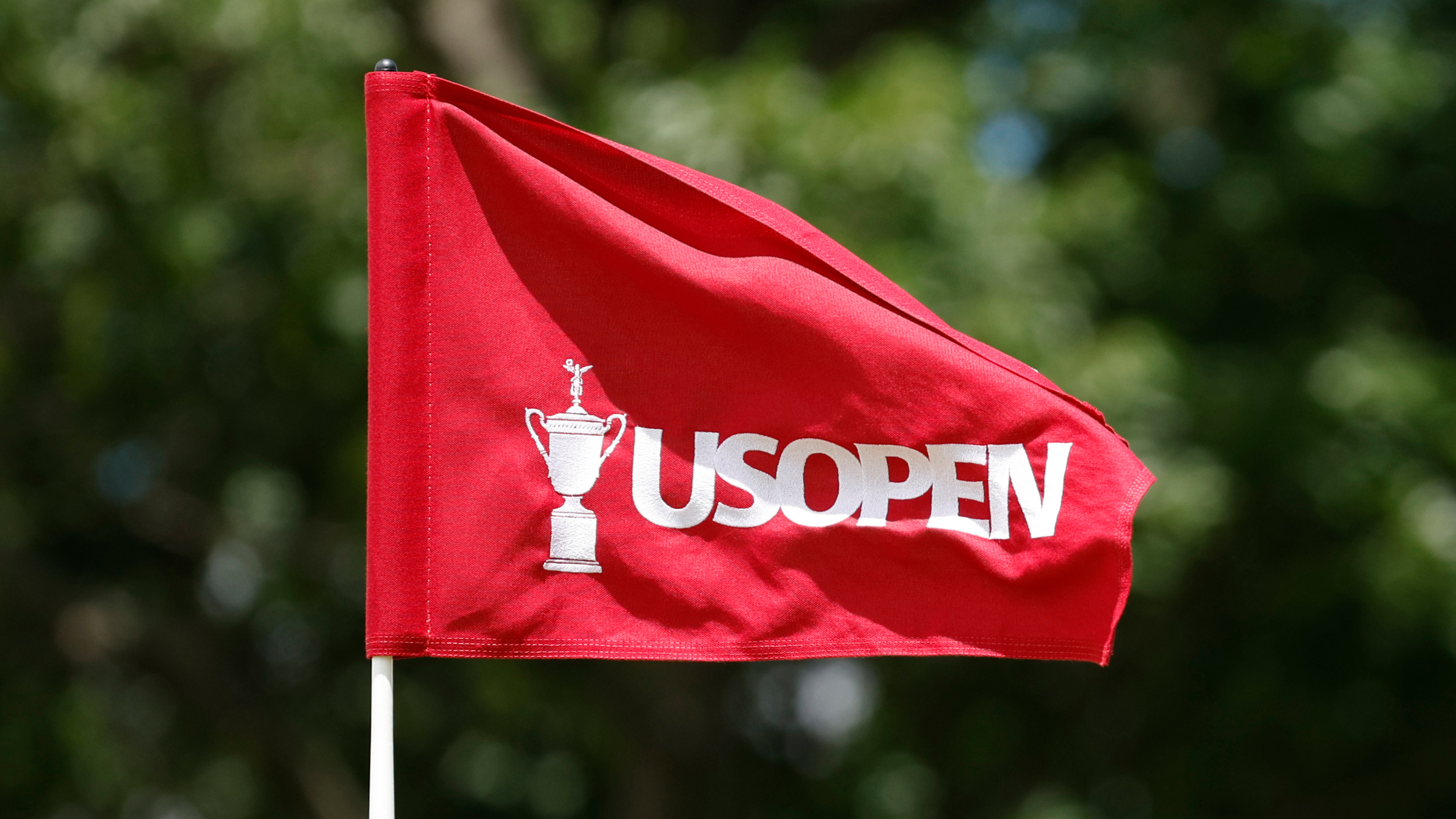 20 Things You Didn't Know About The US Open
20 Things You Didn't Know About The US OpenThe US Open is one of golf's most historic and prestigious championships, how well do you know it?
By Elliott Heath Published
-
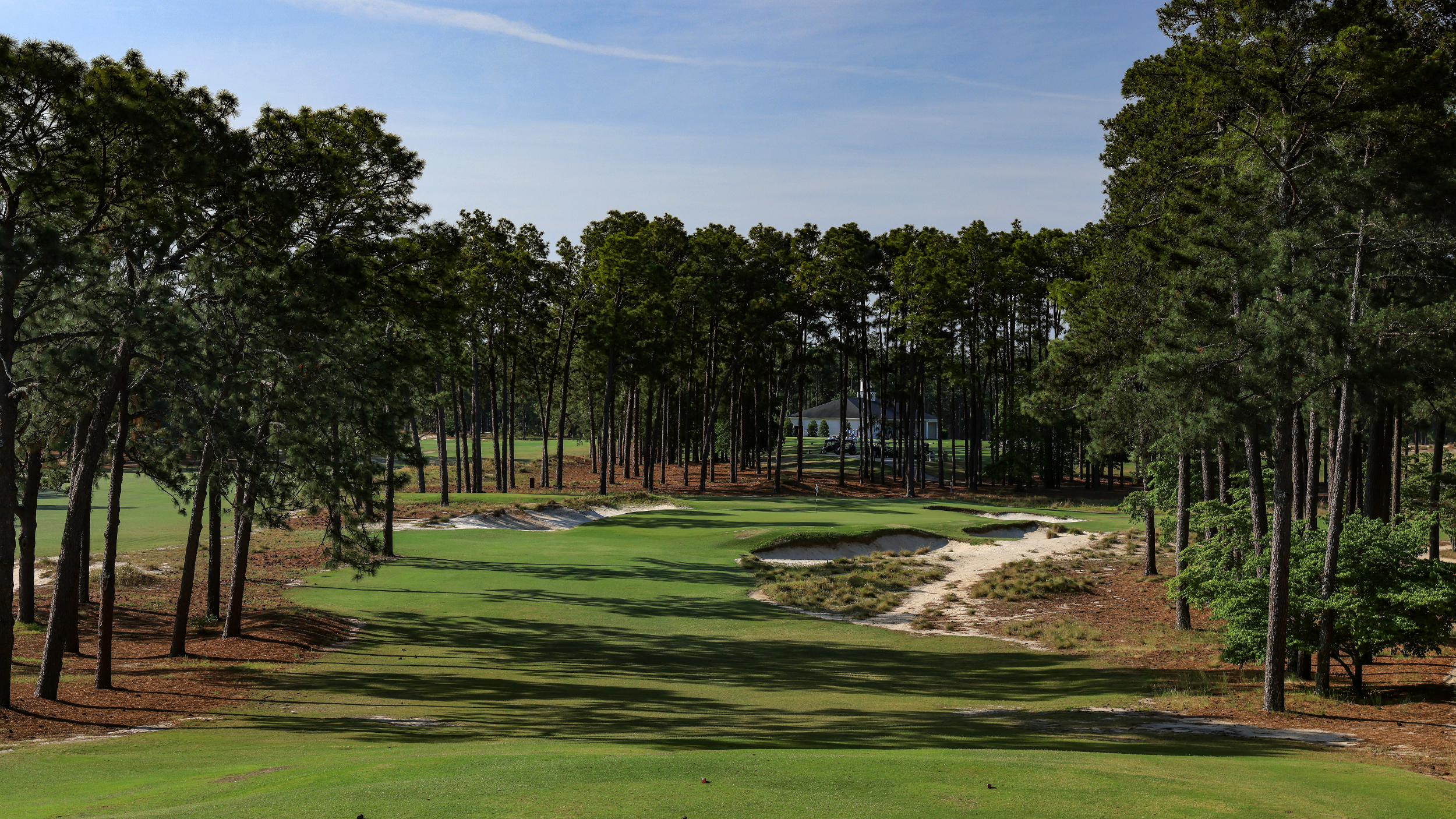 Where Is The 2024 US Open?
Where Is The 2024 US Open?The 2024 tournament takes place at a venue that has become synonymous with the Major over the past quarter of a century
By Mike Hall Published
-
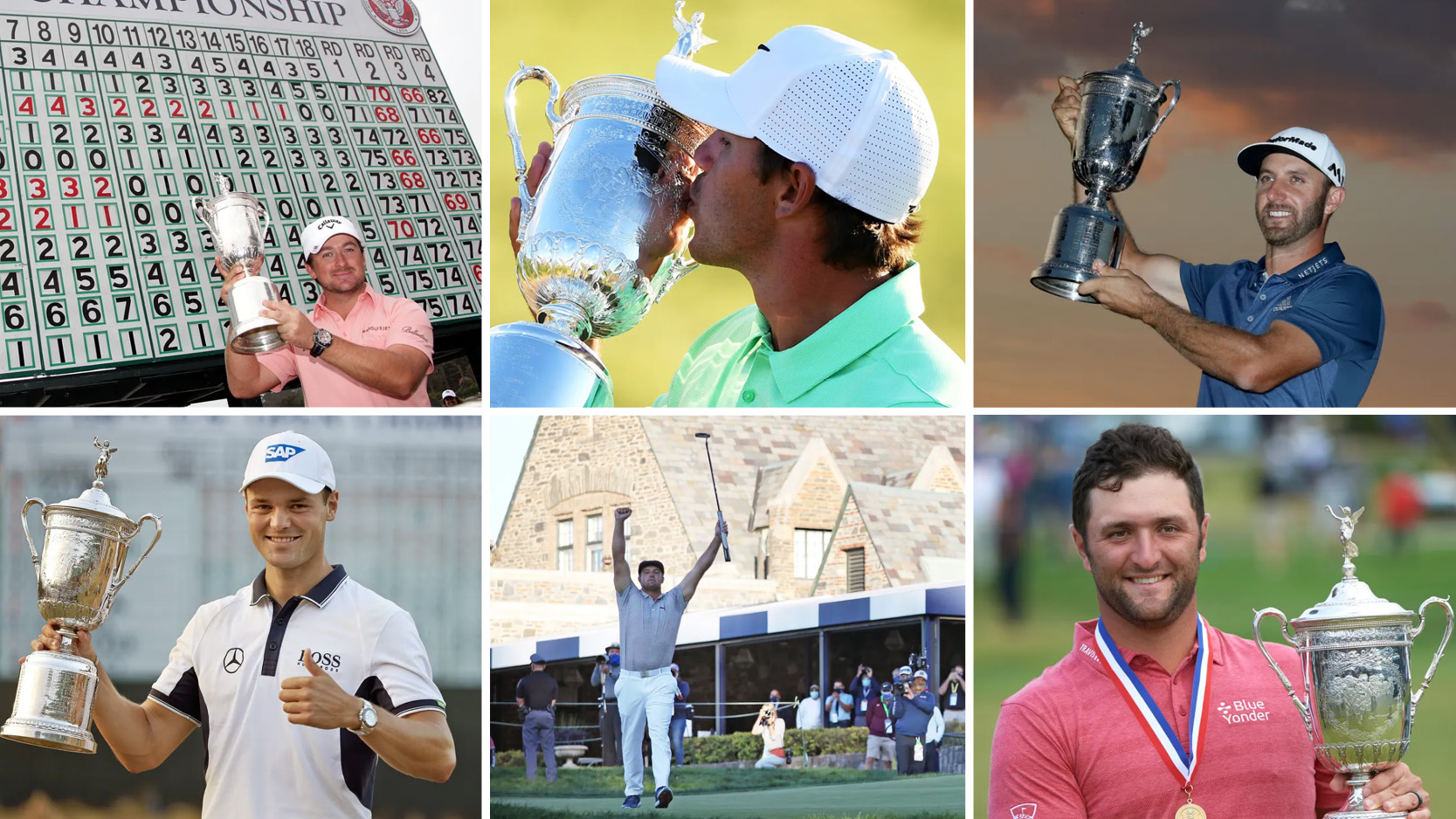 Which LIV Golfers Have Won The US Open?
Which LIV Golfers Have Won The US Open?The six LIV players to have won the US Open - and a look back at their victories
By Michael Weston Last updated
-
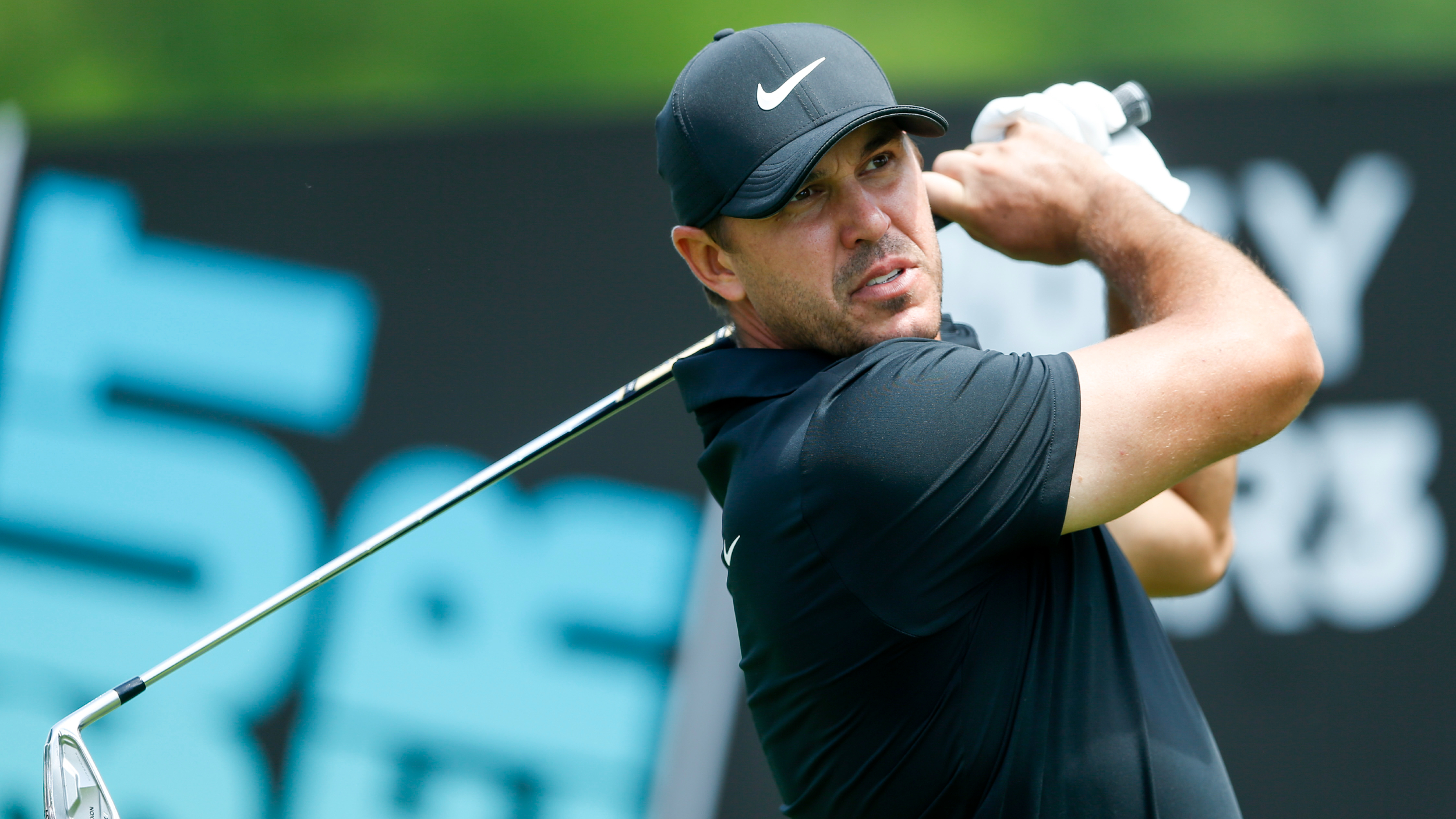 Which LIV Golf Players Have Qualified For The US Open?
Which LIV Golf Players Have Qualified For The US Open?A total of 15 LIV Golf players are eligible for the 2023 US Open at The Los Angeles Country Club
By Michael Weston Last updated